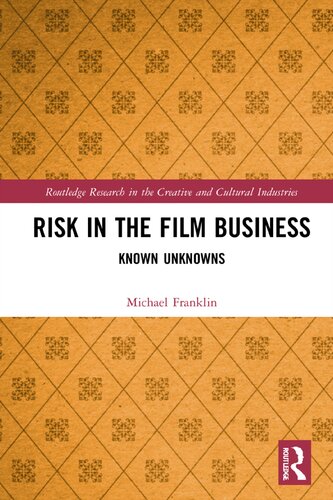

Most ebook files are in PDF format, so you can easily read them using various software such as Foxit Reader or directly on the Google Chrome browser.
Some ebook files are released by publishers in other formats such as .awz, .mobi, .epub, .fb2, etc. You may need to install specific software to read these formats on mobile/PC, such as Calibre.
Please read the tutorial at this link: https://ebookbell.com/faq
We offer FREE conversion to the popular formats you request; however, this may take some time. Therefore, right after payment, please email us, and we will try to provide the service as quickly as possible.
For some exceptional file formats or broken links (if any), please refrain from opening any disputes. Instead, email us first, and we will try to assist within a maximum of 6 hours.
EbookBell Team

0.0
0 reviewsFounded on substantial original research accessing the highest level of industry practitioners, this book examines the intertwined activity of independents, large media companies including major studios, the international marketplace, and related audio-visual sectors such as high-end television. The book shows how risk is generally framed, or even intuited, rather than calculated, and that this process occurs across a sliding scale of formality. This work goes beyond broad creative industries characterisations of a "risky sector" and concentrations on Box Office return modelling, to provide a missing middle. This means a coherent analytic coverage of business organisation and project construction to address the complex practicalities that mobilise strategic operations in relation to risk, often in unseen business-to-business contexts. Informed by economic sociology’s concepts addressing market assemblage and valuation, alongside applications of science and technology studies to media and communications, the book respects both the powerful roles of social and institutional actors, and affordances of new technologies in dealing with the persistent known unknown – the audience.
Examining a persistent business issue in a new way, this book analyses top level industry practice through established mechanisms, and innovations like data analytics. The result is a book that will be essential reading for scholars with an interest in the film business as well as risk management more broadly.